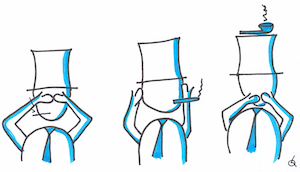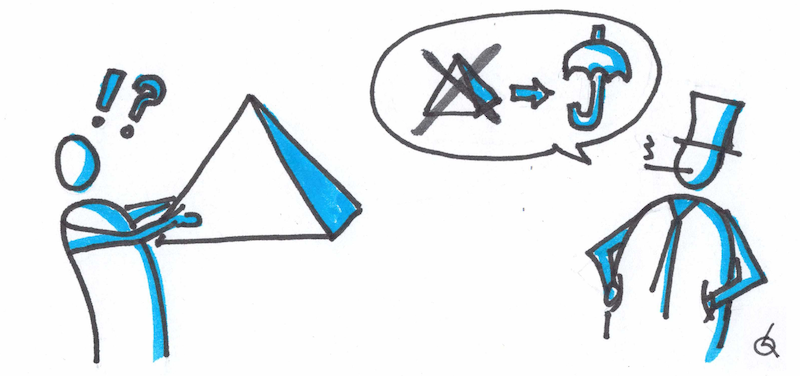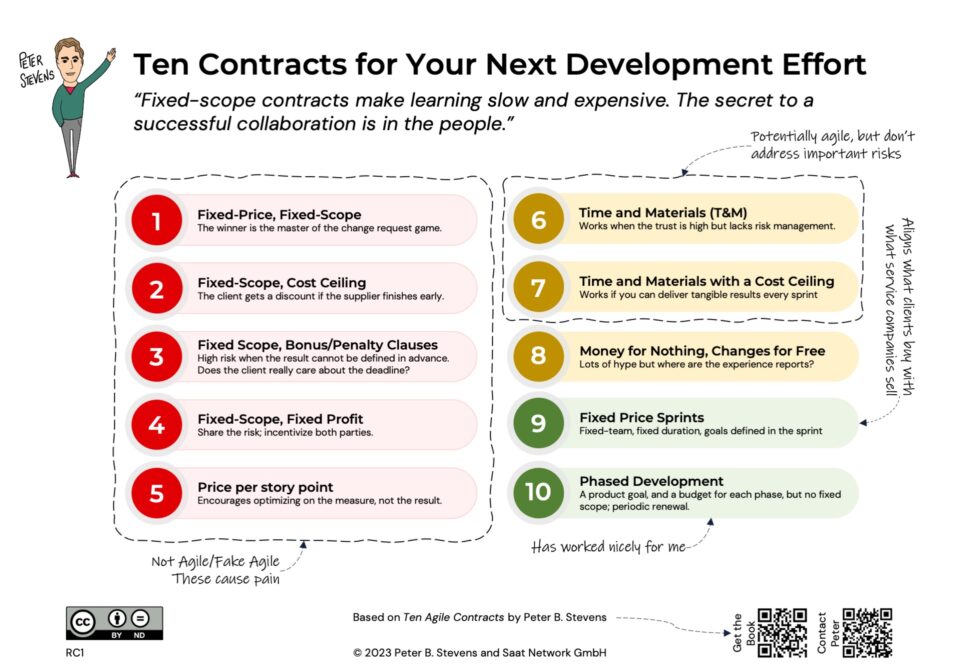
Top Project Risk Number 10: Bullshit Risk
06-02-2020
Top Project Risk Number 8: Stakeholder Risk
10-02-2020Will changing requirements delay the project?
“We had been working on a new hardware-based product for six months. One day, the sponsor came in and announced a change in the requirements that invalidated all of our work. The change was so fundamental that we had to start over from scratch. We wasted six months of the team’s effort and delayed our entry into the market by at least that long.”
The lost revenue probably had a bigger impact on the company’s bottom line than the wasted capacity. This kind of decision can also be very hard on the morale of the Team.
Change management risk mitigation in Scrum
Scrum addresses the change management problem in several ways:
- At the end of every sprint, there should be little or no work in progress. This is a low-cost opportunity to change direction if necessary.
- The Development Team designs the product and their engineering practices to make change as inexpensive as possible, because it can happen every sprint.
- The Product Owner’s responsibility is to maximize the return on investment. The Product Owner cares about creating and releasing a product because that is when you get value. The Product Owner has the authority to say no to requests and changes that are a bad investment.
Building the wrong product is a bad investment. Investing money on products that don’t ship is also a bad investment. Changing your mind frequently can lead to not shipping.
There are a number of possible causes for last-minute changes. Top candidates include 1) not having properly validated the product vision with actual clients or users before starting development; 2) not getting agreement from stakeholders about the vision; 3) failure to identify must-have features or functions for actual clients or users of the product, 4) overemphasizing the importance of the last person you talked to.
From a contracting point of view, it is clear why the client should usually supply the Product Owner. Only the client can take responsibility for decisions like that. Only the client can have the necessary authority.






